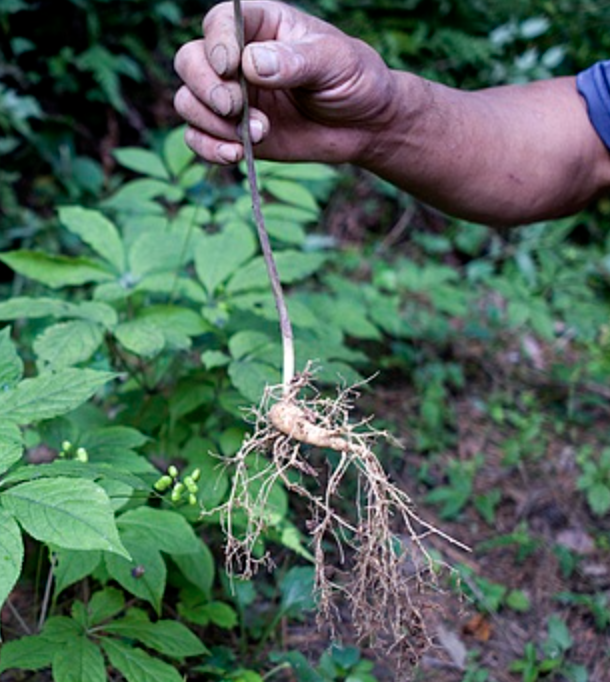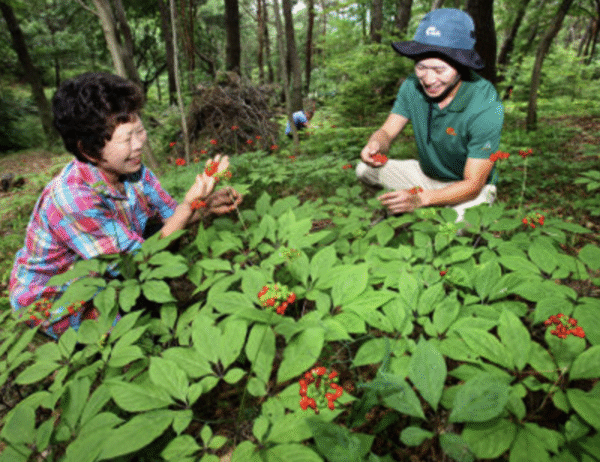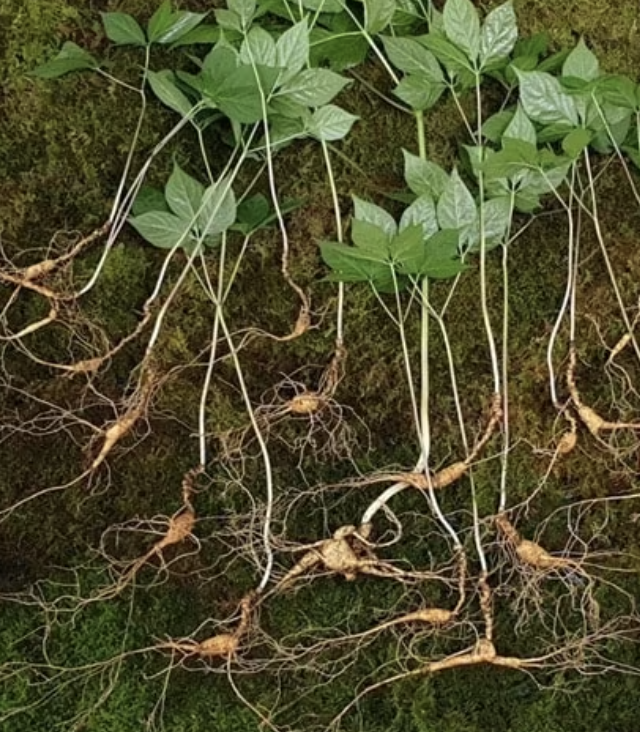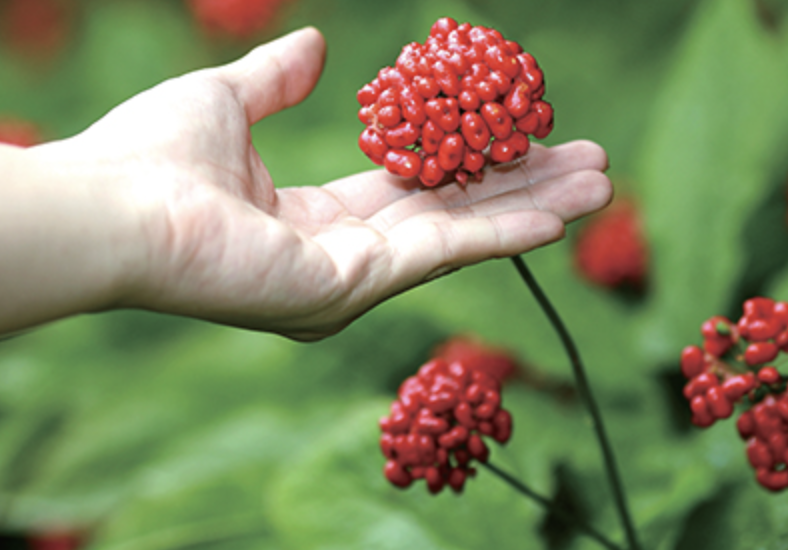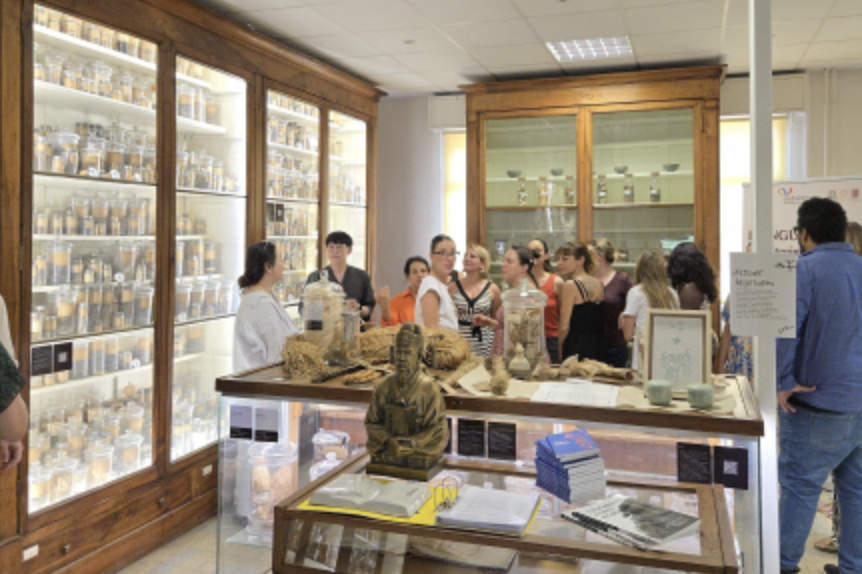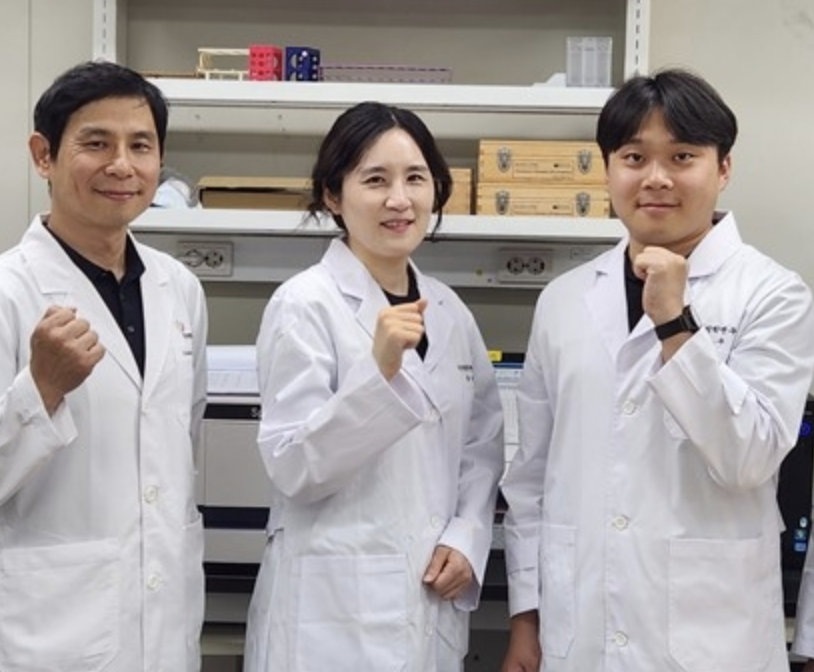Ginseng is one of the most revered herbal remedies in traditional Asian medicine and increasingly in global integrative medicine. Known for its adaptogenic properties and broad-spectrum effects on human health, ginseng is especially valued for its ability to regulate immune response, reduce oxidative stress, and improve energy metabolism. Among the many types of ginseng, two stand out: wild ginseng (산삼) and cultivated ginseng (재배삼).
While both are derived from the same botanical species (Panax ginseng C.A. Meyer), their growth environment, phytochemical profile, and therapeutic effects differ significantly. This article provides a comprehensive, evidence-based comparison between wild and cultivated ginseng, emphasizing their long-term health benefits and best-use cases for consumers. It also meets current SEO standards for organic visibility and follows the E-E-A-T framework to ensure credibility, expertise, and trust.
Botanical and Environmental Differences
Wild ginseng grows in undisturbed forests, typically in mountainous regions at elevations of 500–1,200 meters. The plants are exposed to natural elements such as wind, rain, and fluctuations in sunlight and temperature, which induce unique stress responses and bioaccumulation of rare ginsenosides. Wild ginseng matures slowly, taking 10 to 20 years to reach harvestable age.
Cultivated ginseng, in contrast, is grown in structured agricultural fields under controlled conditions. Its growth period typically ranges from 4 to 6 years. Although it lacks environmental stressors, cultivated ginseng allows for scalable production and standardization, making it more accessible and economically viable.
Phytochemistry: Ginsenoside Complexity
The most crucial difference between wild and cultivated ginseng lies in their ginsenoside content, which determines much of their medicinal efficacy.
Wild Ginseng
Contains higher levels of rare ginsenosides such as Rg3, Rh2, and compound K, which exhibit strong anti-inflammatory, anti-tumor, and neuroprotective properties.
Has a more diverse and balanced ginsenoside profile, offering enhanced adaptogenic effects.
Contains elevated antioxidant flavonoids and polyacetylenes that contribute to cellular protection.
Cultivated Ginseng
Rich in primary ginsenosides like Rb1, Rg1, and Re, which support fatigue reduction, immune support, and metabolic health.
Less chemically diverse, but consistent in composition, which is advantageous for standardization in health supplements.
According to a 2021 comparative study published in the Journal of Ginseng Research, wild ginseng had 2–3 times higher concentrations of rare ginsenosides compared to 6-year-old cultivated ginseng grown in Korea.
Clinical Efficacy: Functional Health Benefits
Immune Function
Wild ginseng has shown superior ability to enhance NK (natural killer) cell activity, boost macrophage function, and increase production of cytokines like IL-12 and IFN-γ.
Cultivated ginseng supports general immunity, especially in reducing the frequency and duration of colds and upper respiratory infections.
Cancer Support
Preclinical studies reveal that wild ginseng is more effective in inhibiting tumor angiogenesis, promoting apoptosis, and suppressing metastasis in models of breast, liver, and prostate cancer.
Cultivated ginseng has mild anti-tumor activity but is mostly used as an adjunctive therapy or for general immune enhancement in cancer survivors.
Cognitive Health
Wild ginseng provides neuroprotection, improves synaptic plasticity, and reduces cortisol levels, making it valuable for chronic stress and early cognitive decline.
Cultivated ginseng improves working memory, attention, and stress response, particularly when taken over 8–12 weeks.
Metabolic Health
Cultivated ginseng is highly effective in regulating blood glucose, enhancing insulin sensitivity, and reducing LDL cholesterol. It is widely used in clinical practice for type 2 diabetes management.
Wild ginseng has similar benefits but is less commonly used in this context due to cost and availability.
Traditional Medicine Viewpoint
In Traditional Korean Medicine (TKM), wild ginseng is classified as a "precious qi tonic" reserved for serious illness, post-illness recovery, or life-threatening conditions. Its energetic qualities are believed to restore vitality (qi), nourish the blood (xue), and stabilize the spirit (shen).
Cultivated ginseng is seen as more appropriate for preventive care, daily fatigue, and age-related energy decline, making it an excellent supplement for long-term use by healthy adults.
Safety, Dosage, and Long-Term Use
Recommended Dosage
| Type | Form | Recommended Daily Dose |
|---|---|---|
| Cultivated Ginseng | Root powder | 1–3 g/day |
| Cultivated Ginseng | Extract | 100–200 mg/day |
| Wild Ginseng | Extract | 10–30 mg/day (under supervision) |
Safety and Tolerability
Both types are generally safe with low toxicity. Side effects may include mild insomnia, nervousness, or gastrointestinal upset if overdosed. No long-term organ toxicity has been reported in clinical trials.
Long-Term Use
Long-term intake of cultivated ginseng has been shown to improve cognitive resilience, reduce oxidative biomarkers, and support cardiovascular health.
Wild ginseng is best used periodically or for therapeutic purposes, due to its potency and high cost. However, ongoing studies suggest its adaptogenic effects accumulate with extended use.
Sustainability and Certification
Due to the overharvesting of wild ginseng, governments in South Korea and China have implemented strict regulations. Certified wild ginseng is rare and often requires DNA verification, age certification, and origin tracking.
Alternatives such as wild-simulated ginseng (cultivated in natural forest conditions without chemical input) offer sustainable middle-ground options for consumers seeking the efficacy of wild ginseng with better availability and lower price.
Expert Recommendations
| Goal | Recommended Type |
|---|---|
| General wellness | Cultivated ginseng |
| Immune support | Cultivated ginseng |
| Chronic fatigue syndrome | Wild ginseng |
| Cancer recovery support | Wild ginseng |
| Metabolic syndrome | Cultivated ginseng |
| Stress management | Both, depending on severity |
| Cognitive aging | Wild ginseng preferred |
Conclusion
Both wild and cultivated ginseng offer tremendous health benefits, but they serve different purposes:
Wild ginseng is superior in terms of rare compound content and therapeutic potency, best reserved for serious health goals or recovery.
Cultivated ginseng provides a reliable, safe, and cost-effective way to enhance daily health, reduce fatigue, and promote healthy aging.
With rising consumer interest in natural, plant-based supplements and personalized health care, understanding these differences enables more informed and effective use of ginseng for long-term well-being. When used responsibly and consistently, ginseng—whether wild or cultivated—can become a central part of a proactive wellness lifestyle.
#ginseng #wildginseng #cultivatedginseng #ginsengbenefits #adaptogen
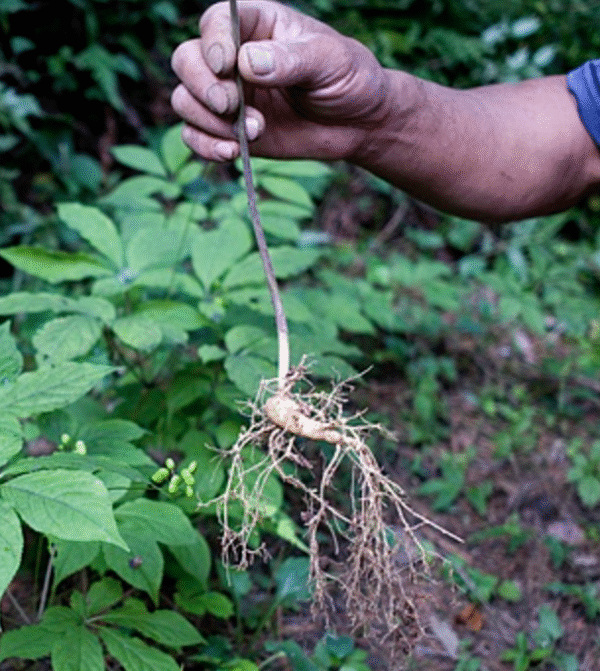
Visual representation of phytochemical and therapeutic differences between wild and cultivated ginseng



